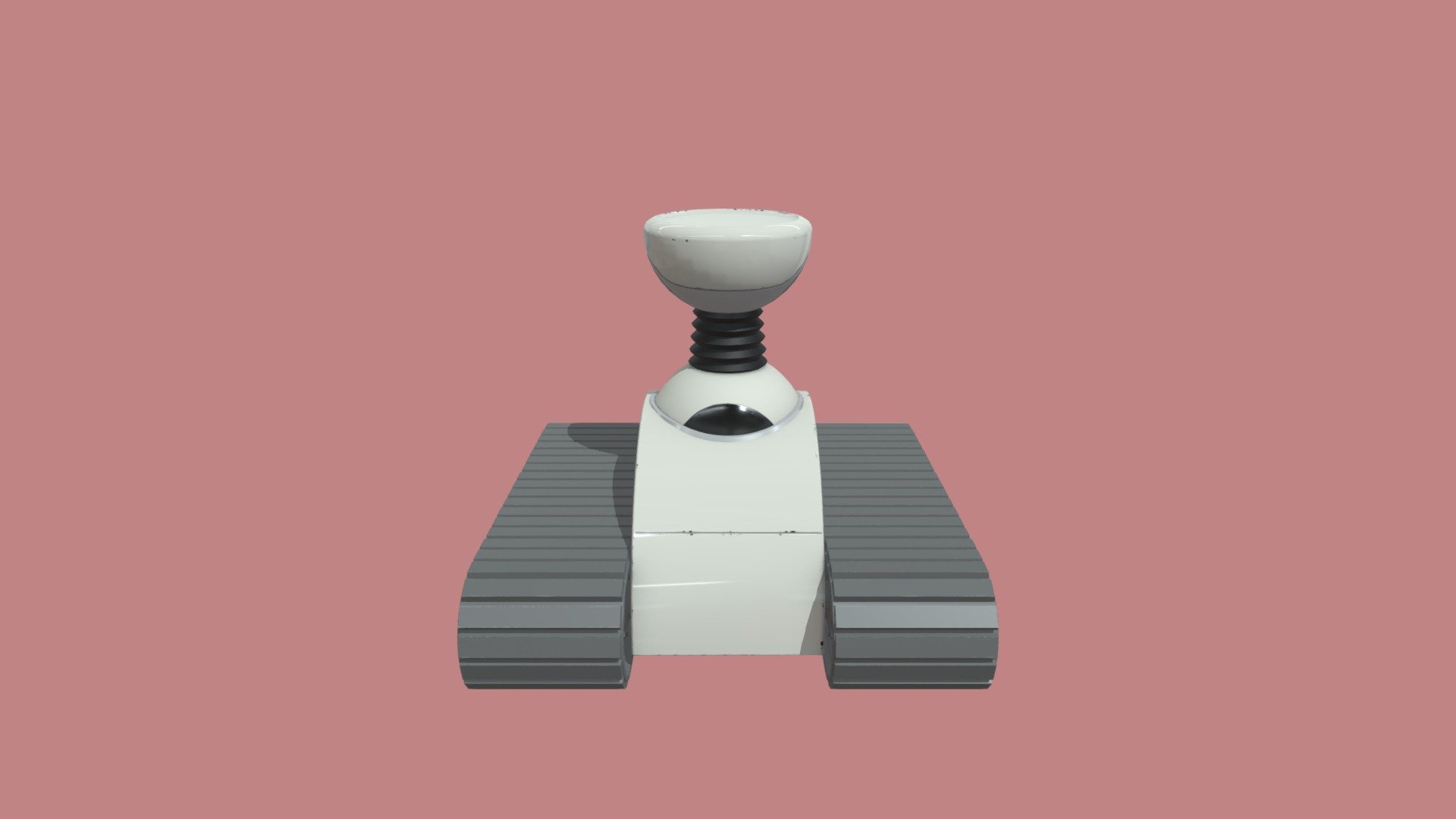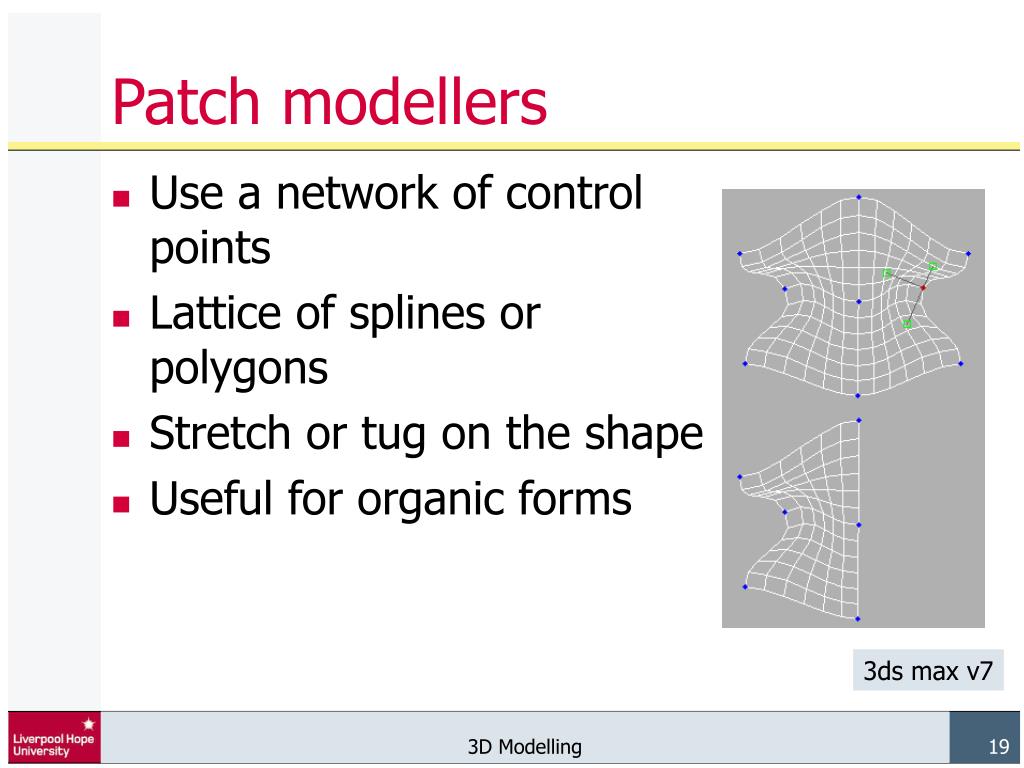

Our clients, including Crate & Barrel, are using glTF to support their in-app AR experiences. It can be imported and exported by our Threekit platform as well as the Clara.io 3D editor. GITF is being put to use in a number of industries. In short, it meets the goals it was set out to achieve. Writing a loader for glTF is fast and efficient, and glTF is an open standard. Unlike OBJ and FBX, glTF is very efficient at transferring 3D model data, and it has a very rich set of features. While OBJ files can be loaded in a web browser, it's a very slow experience. OBJ has a limited feature set, is also quite dated, and is incredibly inefficient in terms of storage space and the ability to quickly read and write data. There is really no chance of FBX being directly loaded in a web browser. Furthermore, the format itself is proprietary and can only be loaded by a huge proprietary C++ SDK. The FBX format has a number of features, but they're generally dated. Since we have built importer and exporter features for an abundance of 3D file formats into our Threekit platform, including OBJ, FBX, and glTF, we have intimate experience with both. Here at Threekit, our platform supports both FBX and OBJ. The creators of glTF could see the Internet rising in prominence and realized that there was a need for an efficient modern 3D format that could be used to transfer 3D models and scene data.īefore glTF, there were two popular formats for transmitting 3D model data between 3D creation tools and 3D game engines: FBX and OBJ. glb (binary file format) file extensions. It is often described as "the JPEG of 3D," and can use. The format was designed for compact file size, fast loading, run-time independence, and complete 3D scene representation. This file format has begun to see strong industry adoption, particularly among web-focused JavaScript frameworks such as Three.js and Babylon, as well as web-focused companies such as Google and Facebook. It was conceived in 2012 by members of the COLLADA working group and was released to the public in October 2015. The GL Transmission Format (glTF for short) is an open-source, “royalty-free specification for the efficient transmission and loading of 3D scenes and models by applications,” according to The Khronos Group, the same group responsible for WebGL and a variety of other APIs. This article will tell you everything you need to know about glTF, including what it is, why it was developed, and who is using it.

There is a new rich 3D model format in town called glTF, and it has been rising in prominence.

This is the first in a 10-part series: "Ben Houston's Ultimate Guide to 3D File Formats." Over the next several weeks, we’ll be laying out the options, considerations, and necessary context to help you make the right file type choice for your needs.īen Houston's Ultimate Guide to 3D File Formats It’s a hotly debated topic when it comes to rendering 3D assets: Which file format is the “right” one? There are pros and cons depending on the user and intended application, and updates and innovations are cropping up all the time.


 0 kommentar(er)
0 kommentar(er)
